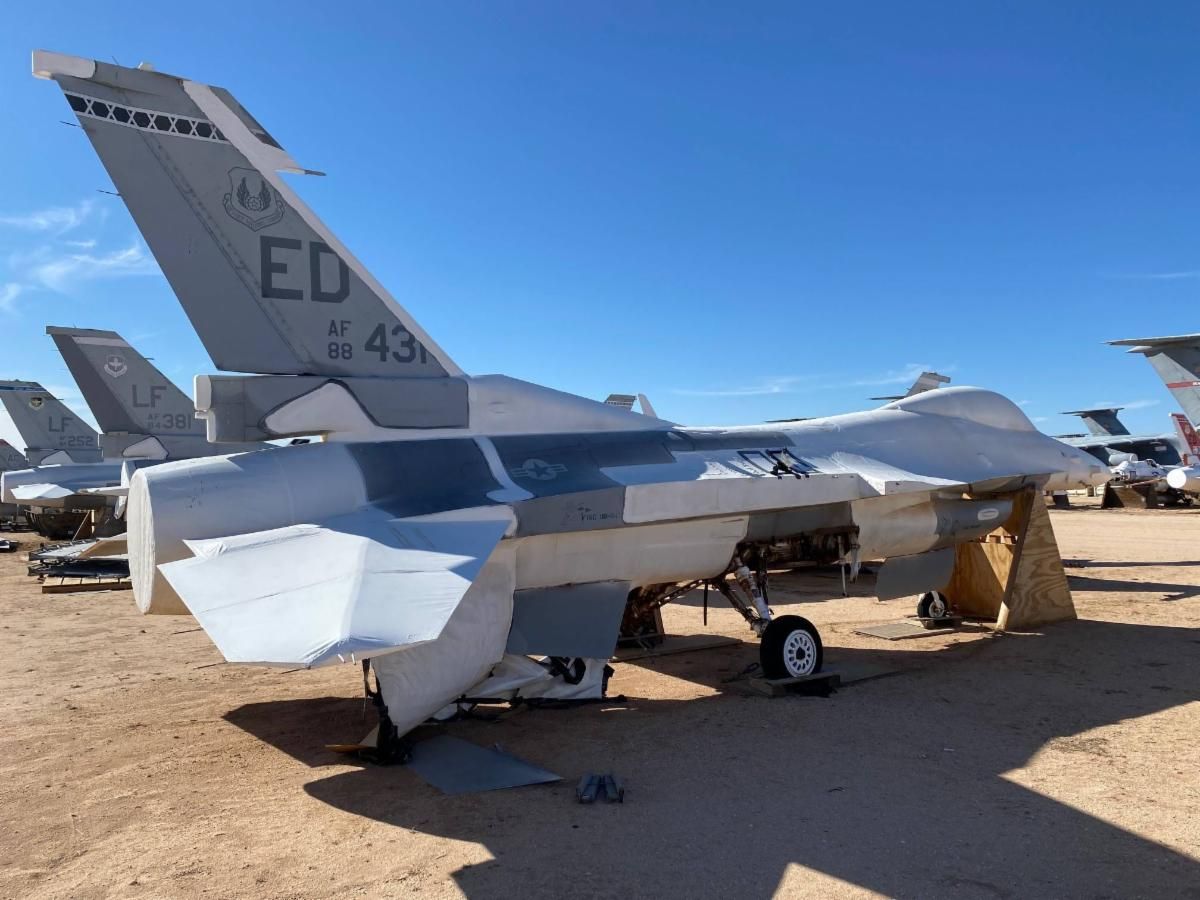The U.S. Air Force is moving forward with a program to create a full-scale 3D model of the F-16 Fighting Falcon. Once completed, the F-16 “digital twin” is expected to serve as a virtual test bed for “future modifications and other sustainment actions prior to physical implementation.” The project is being conducted via a new contract with Wichita State University’s National Institute for Aviation Research (NIAR) in partnership with Lockheed Martin.
“Maintainers and engineers work diligently to deliver aircraft to the fight, and it costs a lot of time, money and effort to break out an aircraft for updates and repairs,” said F-16 structural engineer Capt. Jamee Boyer. “It also costs money to develop a solution that doesn’t really work. With a 3D model, we can model different solutions in a virtual environment and see if they work, before having maintainers remove parts that may not need to be removed.”
To create the digital model, two F-16s from the 309th Aerospace Maintenance and Regeneration Group (AMARG) at Arizona’s Davis-Monthan Air Force Base will be disassembled and scanned. The project is expected to last four years. Although not part of the current program, NIAR says the model could eventually see use in augmented reality and virtual reality training for F-16 aircrew members and maintainers.




































Take 4 years to scan every part of a 50 year old airplane? I’ll bite, why not scan them during assembly in Fort Worth? You can even see the assembly order and get real hints on how/why systems integrate. Duh!
Two reasons. First, final assembly was moved from Fort Worth to Greenville SC 4 years ago to make room for F-35 assembly. Second, final assembly involves assembling sub-assemblies that are built by sub-contractors elsewhere. So you don’t have access to individual components other than LRUs which aren’t the issue being addressed as LRUs are easy to replace (by definition).
I can understand scanning an antique, but don’t we already have all of the manufacturing drawings for the F16? On computer already?
2D CAD drawings? Sure.
Parametric 3D models? Not likely.
Wow, an actual article on a relevant aviation topic.